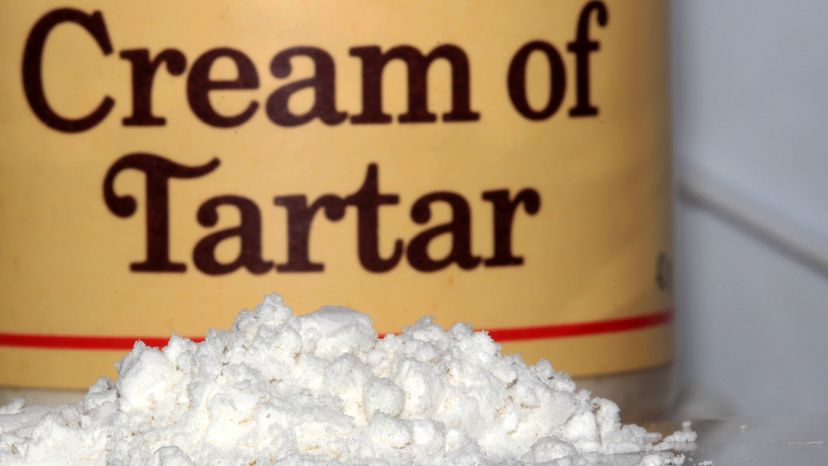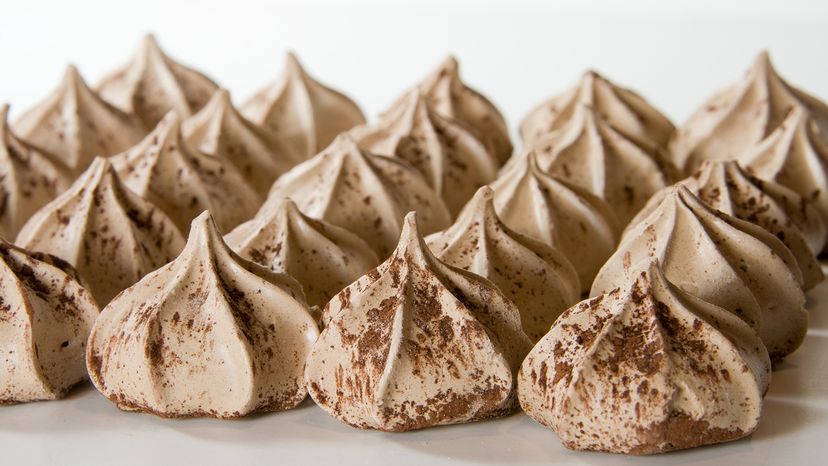
First of all, cream of tartar is not cream, and it's not creamy. It's also not used in tartar sauce. It's a dry, acidic powder used in baking. And while it's not a crucial ingredient in most recipes, using it will give your food a little more "oomph."
When it comes to using cream of tartar, it's all about chemistry and balance, says Shawn Matijevich, chef instructor at the Culinary Institute of Virginia in Norfolk. "There are certain things we need to adjust the pH balance and make it more acidic, and cream of tartar is one of them," he says. Its benefits are seen in different ways.
Advertisement
Cream of tartar acts as a leavening agent in baked goods, meaning it's a substance that causes the expansion of doughs and batters by releasing gases within them. For example, when a pinch of cream of tartar is beaten into egg whites (one of the most known uses), it speeds up the foaminess and helps stabilize those itsy bubbles you're creating. The result is extra poufy meringue and cloudlike angel food cake.

It's also great for candy making, Matijevich says. For example, when blended into simple syrup, as when making something like lollypops, cream of tartar breaks down sugar molecules, preventing crystallization and ensuring a clear, glassy sucker.
Cream of tartar also can brighten the color of boiled or steamed vegetables, and be used as a nontoxic, earth-friendly household cleaner.
Considering cream of tartar is cheap and can allegedly last forever in your pantry, there's really no reason not to have it around.
Advertisement


